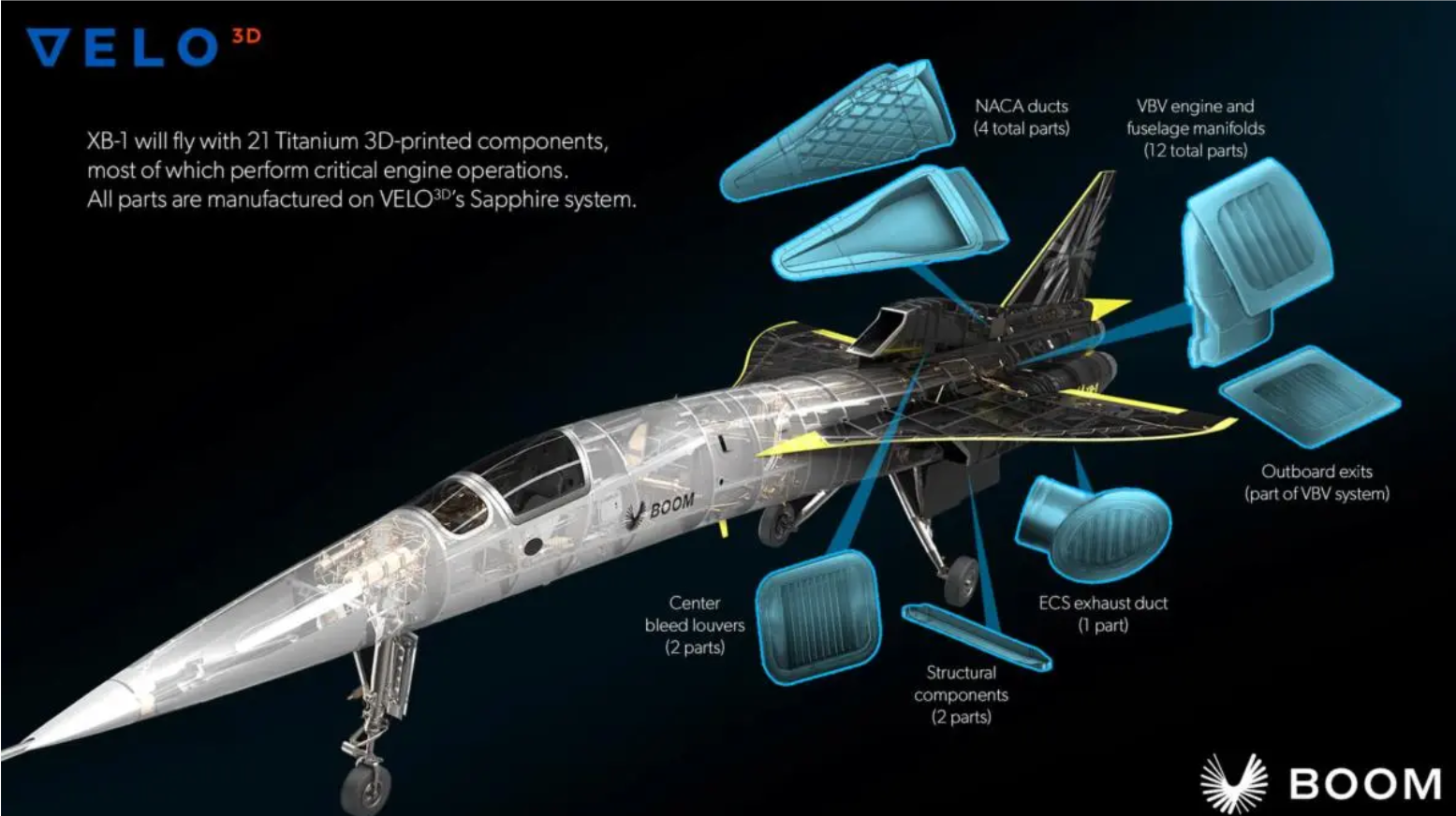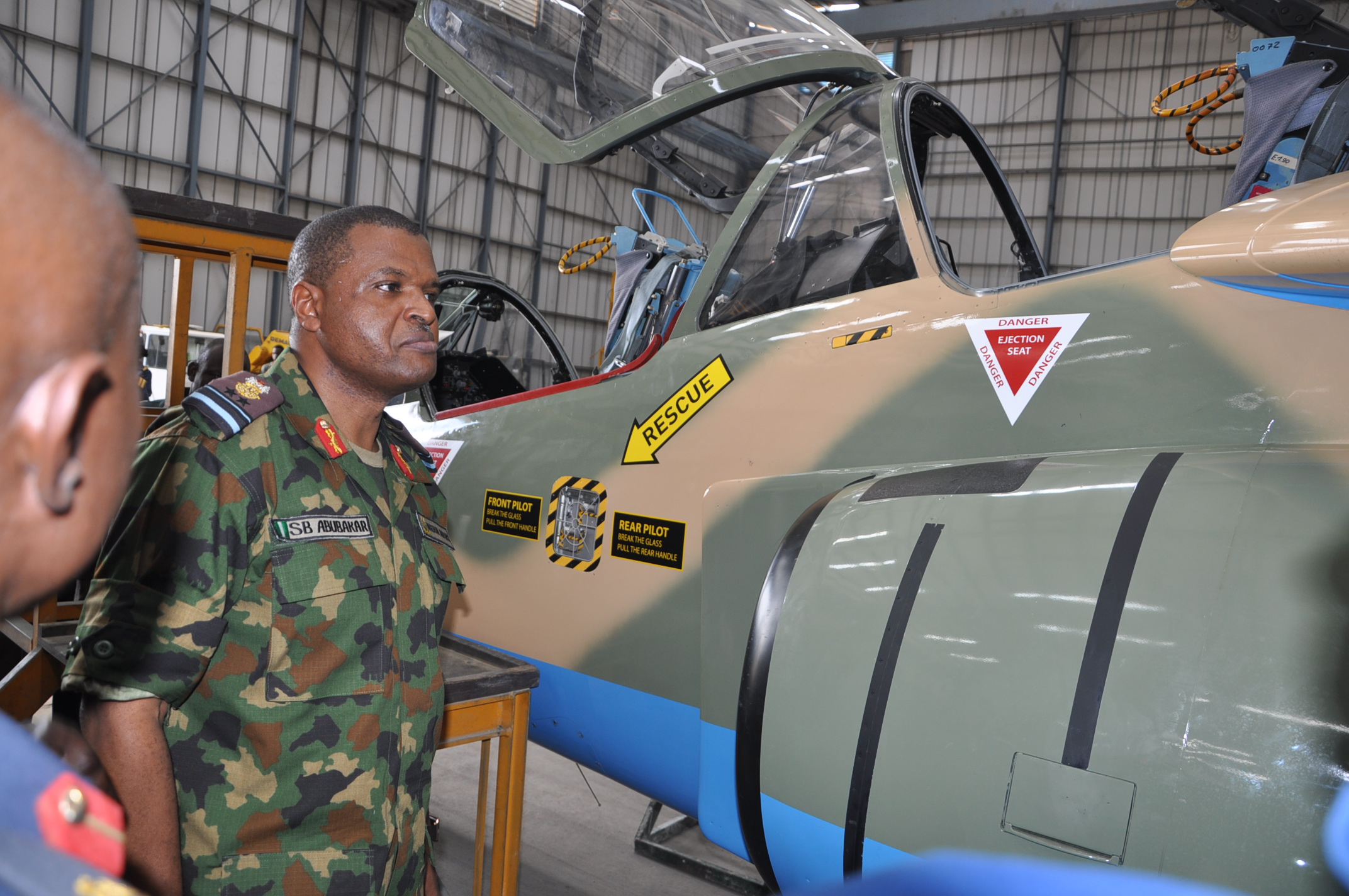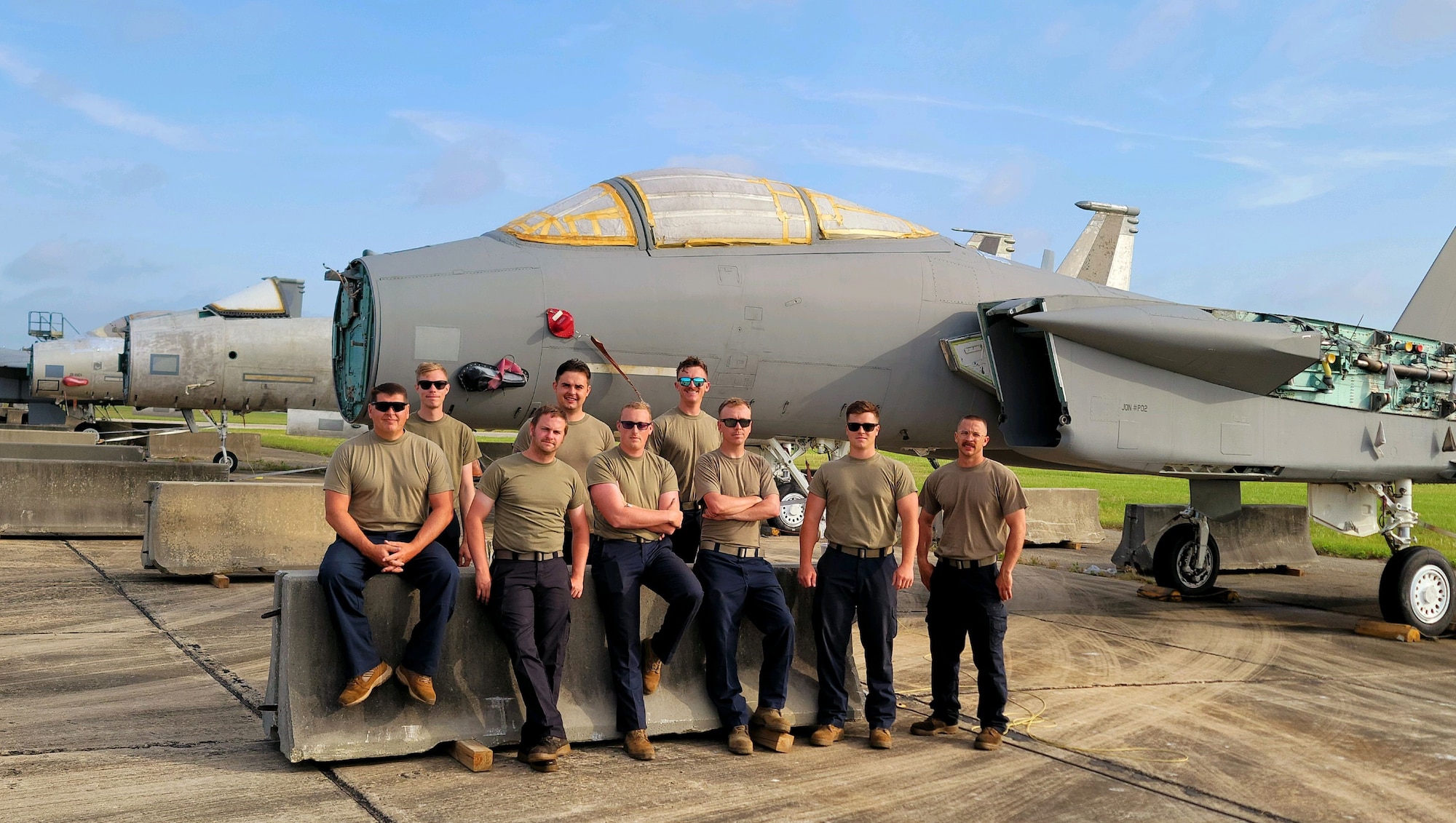Jet Fighter Parts - Indian Air Force is a powerful fighting force with renowned combat skills. A range of combat-ready combat aircraft in all conditions further strengthens the power. Warplanes are aircraft used in war to defend important airspace by shooting down enemy aircraft. The enemy can be a group of fighters with similar abilities or a group of bombers with defensive weapons.
For warplanes to fly and take down enemy planes, they need to be able to do their best. Most importantly, they have advanced weapons that can shoot down and destroy enemy planes. Let's discuss how to identify all Indian Fighter Jets.
Jet Fighter Parts

The Sukhoi Su-30 (NATO reporting name: Flanker-C) is a two-seat, twin-engine, super-maneuverable fighter aircraft developed in the Soviet Union by Russia's Sukhoi Aviation Corporation. It is a multi-role fighter for deep air-to-air and air-to-surface isolation missions in all weather conditions. The Su-30 started as an internal development project in Sukhoi's Sukhoi Su-27 family. The design plan was renewed and in 1996 the Russian Ministry of Defense formalized its name. Limited numbers of Su-27, Su-30, Su-33, Su-34 and Su-35 were ordered from the Flanker family. . . or mass production by the Department of Defense.
Cobi 5803 F 15 Eagle™ 590pcs
There are two versions of the Su-30 manufactured by competing organizations: KnAAPO and Irkut Corporation, both under the umbrella of the Sukhoi group. The aircraft is custom built to Indian specifications and integrates Indian systems and avionics, as well as French and Israeli subsystems. It has similar capabilities to the Sukhoi Su-35, with which it shares many features and components.
The Dassault Rafale (literally meaning "sudden wind" and in a more military sense "sudden fire") is a French multi-role twin-engine delta-wing fighter aircraft designed and manufactured by Dassault Aviation. Having a wide range of weapons, Rafale aims to fulfill the missions of air superiority, isolation, aerial reconnaissance, ground support, depth attack, anti-ship attack and nuclear deterrence. Dassault refers to the Rafale as an "omnirole" airplane. The Rafale was one of six aircraft competing in the Indian MRCA competition for 126 multirole fighters. Initially, the Mirage 2000 was considered for competition, but Dassault withdrew it in favor of Rafale.
In March 2019, Indian government officials ordered Rafales to replace outdated MiG-21s and counter Pakistan's new F-16s. Prior to the official delivery of the first Rafale on 8 October 2019, Indian Air Force Day 2019, the IAF aircraft accepted at an event attended by Defense Minister Rajnath Singh and his French counterpart at Dassault's Bordeaux production facility; He had the tail number "RB-001" to mark the role of Air Marshal RKS Bhadauria, Designated by the IAF Chief in the 2016 agreement. In 2018, it was reported that Rafale was competing with many other aircraft in a new tender to buy the 114 multi. -Role fighter jet known as MMRCA 2.0 in Indian media.
The Mikoyan MiG-29 (NATO reporting name: Fulcrum) is a twin-engine jet fighter designed in the Soviet Union. Developed by the Mikoyan design bureau as an air superiority fighter in the 1970s, the MiG-29 was developed alongside the larger Sukhoi Su-27 against newer American fighters such as the McDonnell Douglas F-1.15 Eagle and General. Dynamics F.-16 Fighting Falcon. The MiG-29 entered service with the Soviet Air Force in 1982. India was the first international customer of the MiG-29.
Race To Salvage Us F 35c Fighter Jet That Crashed In Hostile South China Sea
The Indian Air Force (IAF) ordered more than 66 MiG-29s in 1980, when the aircraft was still in early development. Since joining the IAF in 1985, the aircraft has undergone a number of modifications with the addition of new avionics, subsystems, turbofan engines and radars. Indian MiG-29s were widely used by the Indian Air Force during the 1999 Kargil War in Kashmir to provide fighter escorts to Mirage 2000 laser-guided bomb attack targets.
The Dassault Mirage 2000 is a fourth-generation French single-engine multipurpose fighter aircraft manufactured by Dassault Aviation. It was designed in the late 1970s as a light fighter to replace the French Air Force's Mirage III. The Mirage 2000 became a multi-purpose aircraft with various variants, developed with sales to various countries. Later, the Mirage 2000N and 2000D attack variants were developed as the upgraded Mirage 2000-5 and several export variants. More than 600 aircraft have been built and are in service in nine countries.
With the delivery of the first seven aircraft to Number 7 Squadron Battleaxes on 29 June 1985, the Indian Air Force (IAF) became the first foreign user of the type, which they renamed "Vajra" (Sanskrit: वज्र). Lightning, Lightning). During the 2001-2002 India-Pakistan stalemate, Mirage 2000s were used to destroy Pakistani bunkers with precision-guided bombs. According to the government of India, at approximately 0300 IST on 26 February 2019, twelve unoptimized Mirage 2000 aircraft were used to attack a Jaish-e-Mohammed training camp in Balakot, Pakistan. This engagement marked the first time Indian warplanes had entered Pakistani airspace since the 1971 war. All aircraft were armed with an Israeli Spice 2000 bomb (one ton).

The HAL Tejas is an Indian single-engine fourth generation multi-role light fighter aircraft designed by the Aviation Development Agency (ADA) and Hindustan Aeronautics Limited (HAL) for the Indian Air Force and Navy. It came from the Light Fighter Aircraft (LCA) program that began in the 1980s to replace India's aging MiG-21 fighter aircraft. In 2003, LCA received the official name “Tejas”. The Tejas is the second supersonic fighter aircraft developed by Hindustan Aeronautics Limited (HAL) after the HAL HF-24 Marut. As of 2016, Tejas Mark 1 was in production for the Indian Air Force (IAF) and the naval version was undergoing flight tests for the Indian Navy (IN). As of 2019, the Indian Air Force has planned a total of 324 Tejas in various variants.
Parts Fighter Aircraft Times Ussr Children Stock Photo 639661507
The first batch of 40 Mark 1 aircraft consists of 16 Initial Operation Authorization (IOC) Standards delivered in early 2019. the second Tejas squadron, No. The 18th IAF Flying Bullets Squadron will be in Sulur on 27 May 2020. The IAF will also receive eight trainers for two. The next 83 will have the updated Mark 1A standard. When this first 123 is delivered, the Tejas Mark 2 is expected to be ready for mass production in 2025-26.
The SEPECAT Jaguar is an Anglo-French jet attack aircraft originally used by the British Royal Air Force and the French Air Force in a close air support and nuclear strike role. It is still in service in an improved form with the Indian Air Force. Originally conceived in the 1960s as a light ground attack capability trainer jet, the need for the aircraft soon changed to include supersonic, reconnaissance and tactical nuclear strike roles.
Indian Jaguars were used to conduct reconnaissance missions in support of the Indian Peacekeeping Force in Sri Lanka between 1987 and 1990. They then played an active role in the 1999 Kargil War with Pakistan, dropping unguided and laser-guided bombs, the IAF has defined it. The role of "deeply penetrating attack aircraft".
The Mikoyan-Gurevich MiG-21 (NATO reporting name: Fishbed) is a supersonic fighter and interceptor aircraft designed by the Mikoyan-Gurevich Design Bureau in the Soviet Union. Its nicknames are: Balalaika because its plan shape resembles the stringed musical instrument of the same name.
New T 7 Red Hawk Trainer Faces Delays Over Parts Shortages, Testing
About 60 countries on four continents have flown the MiG-21, and six decades after its first flight, it is still in service with many countries. It broke aviation records, making it the most produced supersonic jet aircraft in aviation history, the most produced fighter aircraft since the Korean War, and the longest production run of a fighter aircraft before.
To join the Indian Air Force as an officer and pass the SSB interview, you can join our SSB interview live classes and we recommend enrolling in the SSB INTERVIEW ONLINE COURSE. Trusted by thousands of defense candidates. The need for large-scale air transport is at the heart of commercial aircraft production. As one of the world's most vital industries, airlines are key to many aspects of the global economy, from international trade and tourism to the routine movement of people and goods ranging from massive machinery to agricultural products and personal belongings. The United States has the most airlines and buys the most planes. Other countries have a major flag carrier and, in some cases, intra-regional private airlines. New independent low-cost airlines in the United States and Europe are also becoming increasingly important customers, especially those flying shorter intercity routes.
The smallest civil aircraft with 15 to 100 seats are often used as regional or commuter transport and can be turboprops or jets. Although the United States is a leader in most aircraft manufacturing categories, it lacks a foothold in the regional utility aircraft market. The ATR (Avions de Transport Régional) consortium, formed by the partnership of French Aerospatiale and Italian Aeritalia, was established.
Second degree assault washington state, 2nd degree assault sentence, 2nd degree aggravated assault, 2nd degree assault mn, 2nd degree assault, 2nd degree assault definition, 3rd degree assault washington state, 4th degree assault washington state, 2nd degree felony assault, 4th degree assault washington, what is assault 2nd degree, 2nd degree assault charges

0 Comments